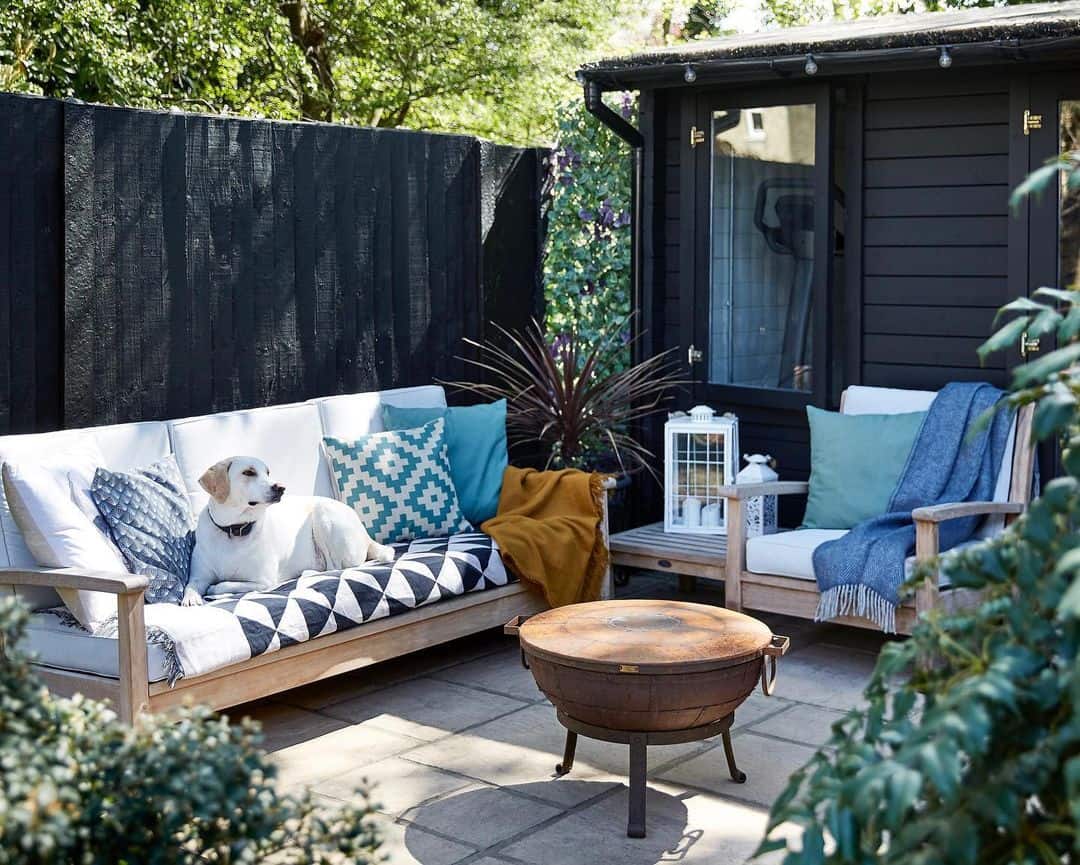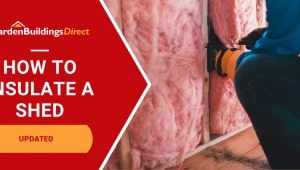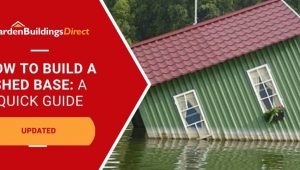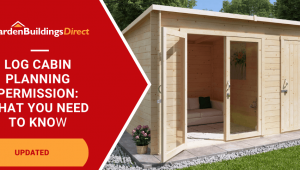Jump to:
As gardens evolve, the idea of having multiple sheds is intriguing. One might be for storage, another could be a retreat, like a log cabin. Regardless, it helps to know the limits and rules first. In this blog, we’ll go through the rules, and also some other things you should consider when choosing how many buildings to get.
Garden Shed Regulations and Planning Laws
There is no specific law about a number of sheds. However, there are planning rules about how much space your garden buildings can take up.
Planning laws can be different depending on where you live. They often cover whether your property can have sheds, their size, and where you can put them.
To stay on the right side of the law, consult with your local council or planning department. They can give you clear, up-to-date guidance and point you to useful resources.
Ignoring these rules can be costly. Getting fined is the last thing you want, and sometimes it could even mean taking the sheds down.
The size of your garden determines how many storage buildings you can have, in terms of ground coverage. Match shed square footage figures with your outdoor space size to make the most of the available plot.
Garden sheds must not cover more than 50% of your total outdoor space, including your garden and any other outdoor areas. This 50% rule applies to the entire original outdoor area, meaning that any existing structures—such as sheds, extensions, or other buildings—also count towards this limit. However, structures built before 1 July 1948 (when the law was introduced) are exempt and do not affect the 50% allowance.
Size isn’t the only planning rule you should know about. Find out more detail in our complete guide to shed planning permission.
So, a small garden of, say, 500 square feet might best accommodate one shed. Meanwhile, a 2000-square-foot space could accommodate two or more wooden sheds.
In more extensive outdoor spaces, multiple sheds are well-suited for varied purposes.
Shed Size and Purpose
Each shed’s size and purpose are crucial factors in: 1.) deciding how many sheds you need, and 2.) how well they function in your garden. When it comes to the shed size, ensure it fits your items without making the area too crowded.
For workshop sheds, factor in sufficient space for tools and manoeuvring. Sheds intended for purposes, such as a garden office, should match those functions. When the sheds fit their job, the whole space works better. This applies whether it’s for tools, hobbies, or other uses.
Aesthetic and Practical Considerations

When adding more than one shed, look at both appearance and function. Designs, colours, and placements should work together so they don’t clash with the garden. A consistent style keeps things neat instead of messy.
Match your sheds in style, colour, and design. Also, think about spacing and access. There should be enough room around it for movement and upkeep. When they look right together, the space feels organised and pulled together.
Round-up
Working out how many sheds your garden can take takes more than just squeezing them in. You need to consider legal compliance, size available, shed purpose, and aesthetics.
Take a look at the rules for your area and size your sheds to fit the space. Make sure each one actually has a purpose. When it’s time for an upgrade, Garden Buildings Direct has a good range of sheds. You’ll find something that works for your garden!
Next on your reading list: Garden Sheds Buying Guide
FAQ
Can I mix different shed styles?
Yes, but it works best if you keep some consistency in colour, material, or design. Each shed can have its own purpose, but spacing and placement matter.
How close can sheds be to each other?
They shouldn’t be too close. Leave enough room to walk around, move tools, and open doors. Even small gaps make daily use and maintenance much simpler.
Will multiple sheds affect drainage?
They can. Covering a lot of ground can stop rain from soaking into the soil, creating puddles or muddy patches. The trick is to put sheds on slabs, gravel, or slightly raised areas.





